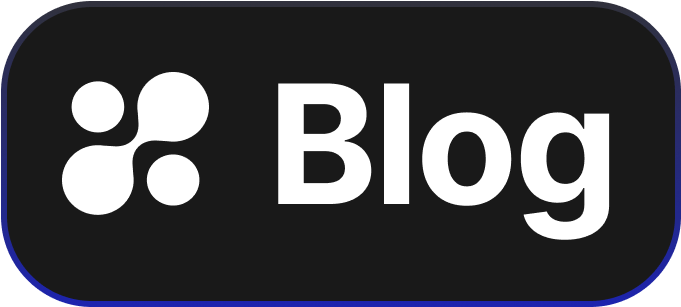Auditing Continuous Compliance Monitoring: Real-Time Visibility and Automated Evidence
Your compliance is never static. It’s moving, shifting, failing, passing—and unless you can see it in real-time, you don’t actually know where you stand. Auditing continuous compliance monitoring means cutting through noise, finding truth in the data, and proving it minute by minute, not once a year.
Compliance audits used to be snapshots. A single point in time. You prepared, you inspected, you passed—until the next one. But modern systems move too fast. Configuration drift, missing patches, expired certs—any one small slip can put you out of compliance before you even notice. Continuous compliance monitoring changes that. It’s not about replacing audits—it’s about making them effortless because the evidence is already there, fresh, complete, and verified.
Auditing in a continuous model starts with visibility. Every asset, every policy, every security control needs to be tracked. You measure them against defined requirements—SOC 2, ISO 27001, HIPAA, PCI DSS, or internal frameworks. The core is automation. Manual checks won’t scale. You need integrations to scan systems, detect drift, and flag deviations in real time. Alerts matter, but trends matter more. Spotting systemic issues before they cascade is the difference between reactive fixes and proactive security posture.
A proper auditing approach for continuous compliance means aligning monitoring outputs directly to evidence requirements. That means every alert can feed into an evidence trail. Every correction is timestamped. Every policy check links to source proof—system logs, config snapshots, vulnerability scan results. When internal or external auditors ask, the evidence isn’t gathered in a rush—it’s presented instantly, already mapped to controls.
The audit becomes a process you live in, not a hurdle you jump over. Continuous monitoring ensures that you are not only compliant but remain compliant, even as systems, tools, and teams evolve. Auditors can verify without disrupting workflows. Reports can be shared without long preparation cycles. The trust gap closes.
Choosing tools for auditing continuous compliance monitoring means prioritizing real-time data, open integrations, automated evidence, and clear mapping to compliance frameworks. The right setup eliminates blind spots and delivers measurable assurance.
You can see this working in your own stack today. With hoop.dev, you can connect, monitor, and start your first real-time compliance audit in minutes. Watch the live data, watch the evidence build, and know—without doubt—where you stand.
Do you want me to also include a suggested meta description and SEO title to maximize ranking for this blog?
